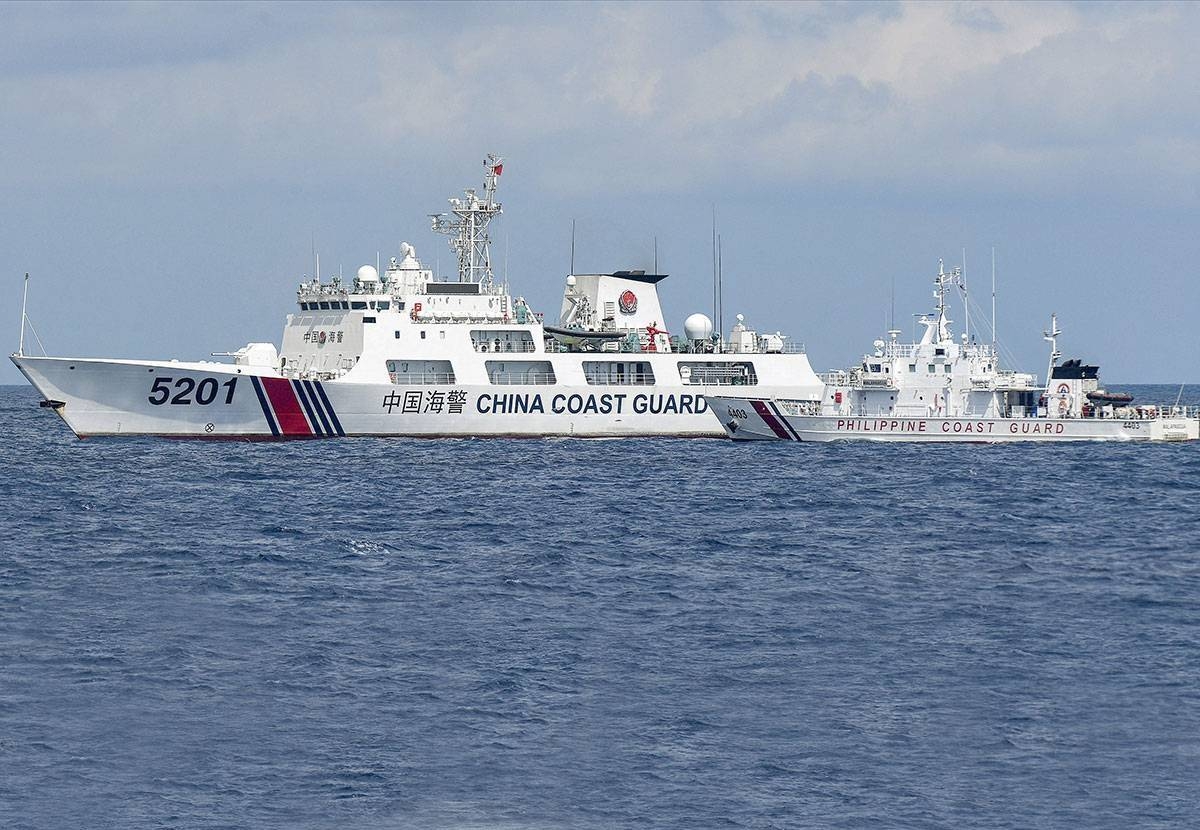The Philippines and China recently held the 8th Bilateral Consultation Mechanism (BCM) on the South China Sea in Shanghai, China. The Department of Foreign Affairs (DFA) reported that the two countries discussed ways to reduce tension in the region and agreed to address incidents through diplomacy.
Maritime territorial disputes between Manila and Beijing have a long history in the South China Sea. However, relations have deteriorated in recent times due to confrontations involving vessels from both countries. One of the areas of intense conflict is the Ayungin Shoal, known as the Ren’ai Shoal by Beijing. The Philippines has stationed a grounded naval vessel, the BRP Sierra Madre, at Ayungin Shoal to assert its territorial claims.
In December, the DFA filed a diplomatic protest against the China Coast Guard for using a water cannon on Philippine vessels delivering supplies to Filipino fishermen in Bajo de Masinloc or Scarborough Shoal, as well as soldiers stationed on the Sierra Madre. China responded with a counter protest, claiming that Ayungin is part of the Nansha Qundao or Spratly Group of Islands.
The grounding of the Sierra Madre at Ayungin in 1999 was a deliberate move by the Philippines to maintain a constant government presence in the area. This was in response to China’s “illegal occupation” of Panganiban Reef or Mischief Reef in 1995.
The tension in the South China Sea escalated further this month with China conducting military drills while the United States and the Philippines held joint exercises in the same waters. Against this backdrop, the BCM provided an opportunity for both countries to engage in candid and in-depth discussions on the situation in the South China Sea.
Despite China’s claims to almost the entire South China Sea, an international tribunal ruling has stated that these assertions have no legal basis. Nevertheless, both sides agreed during the BCM that maintaining communication and dialogue is crucial for maritime peace and stability. China expressed its commitment to improving the maritime communication mechanism and properly handling maritime emergencies, particularly at the Ren’ai Shoal.
The Philippines echoed this sentiment, emphasizing the importance of continuous dialogue to maintain peace and stability at sea. Both countries assured each other of their mutual commitment to avoid escalating tensions. The BCM was a follow-up to the agreement reached between President Ferdinand Marcos Jr. and Chinese President Xi Jinping at the Asia-Pacific Economic Forum in the United States last November to ease and manage tensions in the South China Sea.
Efforts to improve the maritime communication mechanism between the Philippines and China will focus on enhancing communication between their foreign ministries and coast guards. Additionally, the two countries have agreed to explore possible academic exchanges on marine scientific research between Filipino and Chinese scientists.
The discussions held during the BCM reflect a commitment from both the Philippines and China to seek peaceful resolutions to the disputes in the South China Sea. By prioritizing diplomacy and dialogue, the two countries aim to reduce tension and maintain stability in the region. These efforts are essential for fostering cooperation and ensuring the peaceful coexistence of nations in the South China Sea.
With inputs from AFP.







